 September 29 is the World Heart Day.
September 29 is the World Heart Day.
Do you take a one-hour lunch break? If you don’t, you should start. With statistical evidences showing 1 in 5 workers don’t take a lunch break and that more than 60% employees eat lunch at their desk, the trend could be doing more harm than good to their health. This holds true as the rising cases of heart diseases in India are attributed to unhealthy eating habits and a sedentary lifestyle.
Since most of us spend around 9 hours a day at our workplace, utilizing this time to improve our health is not a bad idea! To start with it, the most effective and important measure is to convert your lunch-breaks into a heart-healthy one hour. Here are few tips on how you can go about it and improve your heart health in simple yet effective way.
Never eat lunch at your desk
Currently, most jobs involve desk work or sitting long hours in front of the computer, which is not good for health. This is because, sitting for long hours might increase the risk of various health problems such as heart disease, cancer, diabetes and obesity. Standing or actively moving, triggers biochemical processes in the body which helps in the breakdown of fats and sugars, thereby aiding in energy production. Hence if you have the habit of lunching at your desk, change it immediately. You can instead, have your meals at your office canteen. By doing so, the muscles in your body are stimulated and blood circulation also improves. Hence, the risk of health complications associated with long-hours of sitting are lowered and your lunch-breaks become healthy ones.
Go for a walk after lunch
While most of us eat our lunch and immediately start working, experts say that it is not a good move. The main aim behind taking one hour lunch break is that you can utilize this time in a more productive way, such as going for a five-minute walk — be it in your office premises or around the office itself. When walk the exposure to some fresh air not only makes you feel fresh but also helps you burn calories, improves digestion and relaxes your mind. Apart from that, it also improves your overall productivity at work and helps lower your risk of lifestyle diseases such as obesity and heart disease.
Chat with your colleagues
Instead of checking your Facebook updates have a chat with your colleagues during your lunch-breaks. Interaction, laughing, joking and sharing thoughts with your colleagues not only relieves stress but also improves blood circulation and brain activity. Spending quality time with your office buddies during your lunch breaks is far more effective in lowering work related stress.
Take a power nap
In case you feel stressed or are unable to go for a walk, take a quick power nap during your lunch-break. A 10-minute nap can work wonders on your overall well-being, in addition to boosting your mental activity and eliminating stress. The additional health benefits include lowering eye strain, relaxing you physically and mentally and improving your heart health by reducing stress levels in the body.
Try to follow at least one of these simple yet effective tactics to convert your lunch-breaks into heart-healthy ones. Eat healthy, stay hearty and live happily!
Image Source: Getty Images
You may also like to read:
- Is over-exercising bad for the heart?
- Do your heart a favour, get some sleep!
- Suffering from heart disease? Here are foods you should avoid
For more articles on heart disease, visit our heart disease section. Follow us on Facebook and Twitter for all the latest updates! For daily free health tips, sign up for our newsletter. And for health-related queries, visit our Questions and Answers section.






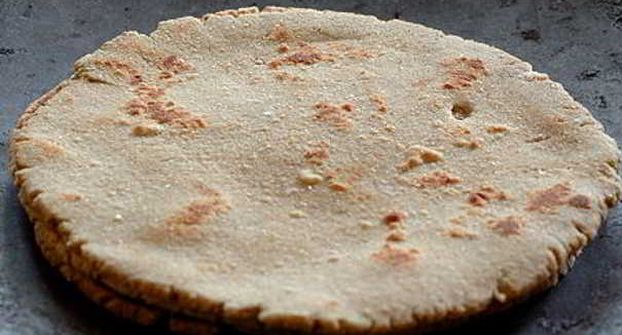
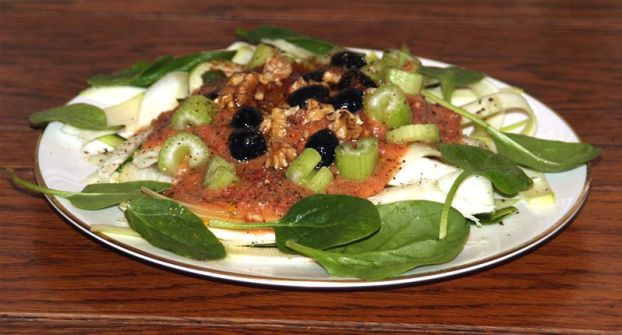
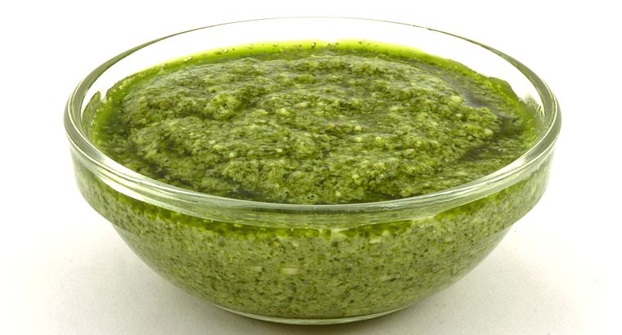
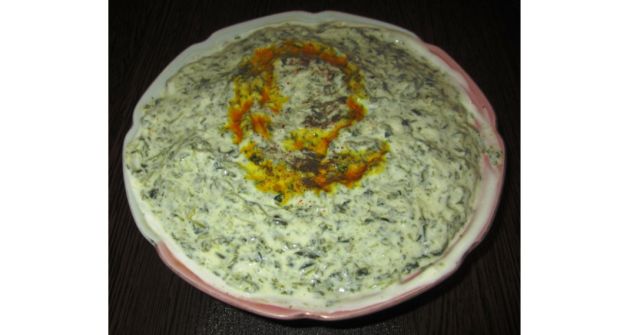


 September 29 is World Heart Day.
September 29 is World Heart Day.  September 29 is World Heart Day 2014
September 29 is World Heart Day 2014 The prevalence of heart disease in India has increased four-fold in the last four decades. Predicted to become the leading cause of death and disability by 2020, heart disease currently accounts for 29% of all deaths in the country. The worst part about the disease is that in India, people are succumbing to heart disease and stroke in the most productive years of their lives, almost a decade earlier compared to the West. Both the government and the business community are waking up to this threat.
The prevalence of heart disease in India has increased four-fold in the last four decades. Predicted to become the leading cause of death and disability by 2020, heart disease currently accounts for 29% of all deaths in the country. The worst part about the disease is that in India, people are succumbing to heart disease and stroke in the most productive years of their lives, almost a decade earlier compared to the West. Both the government and the business community are waking up to this threat.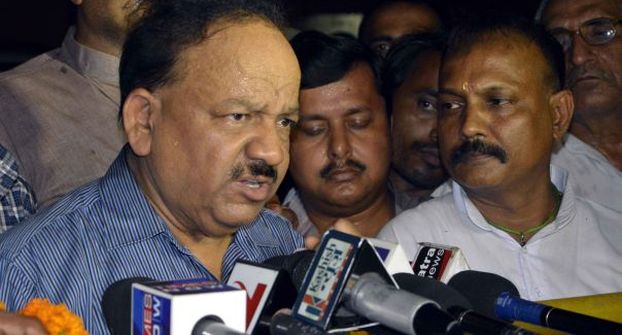 September 29 is World Heart Day 2014
September 29 is World Heart Day 2014 September 29 is World Heart Day 2014
September 29 is World Heart Day 2014




